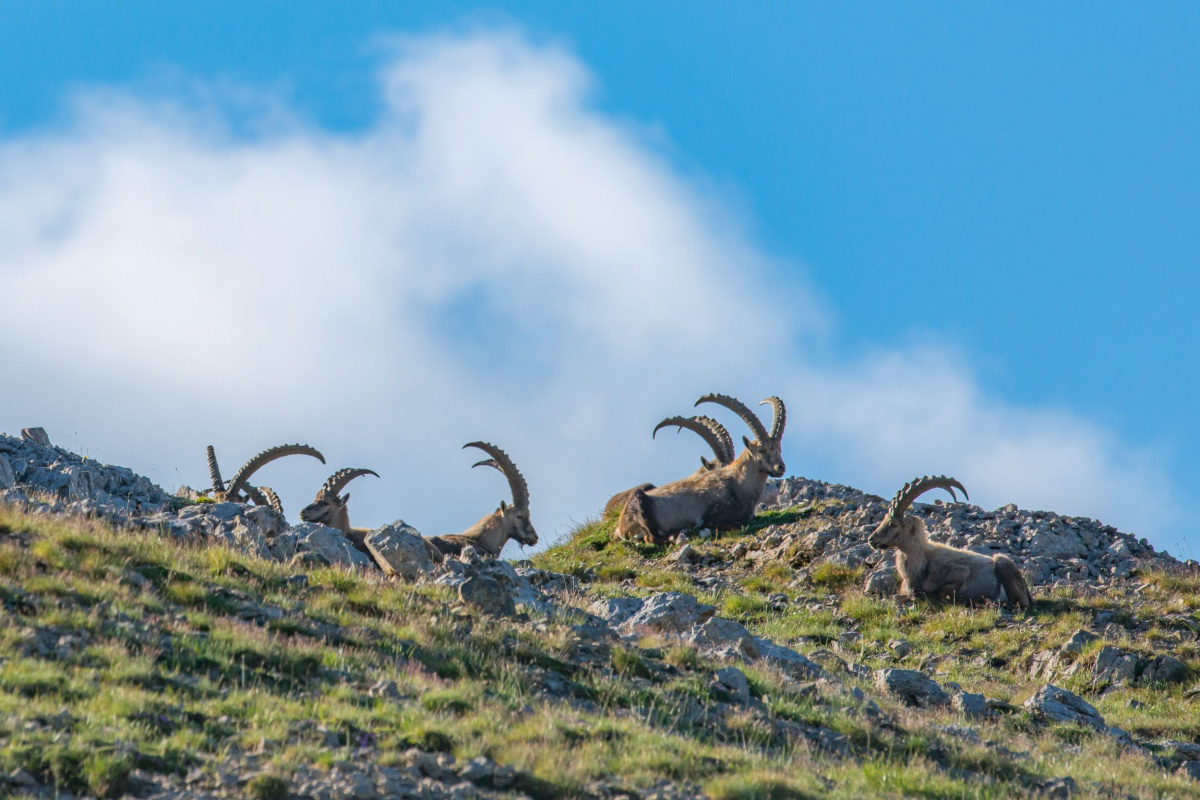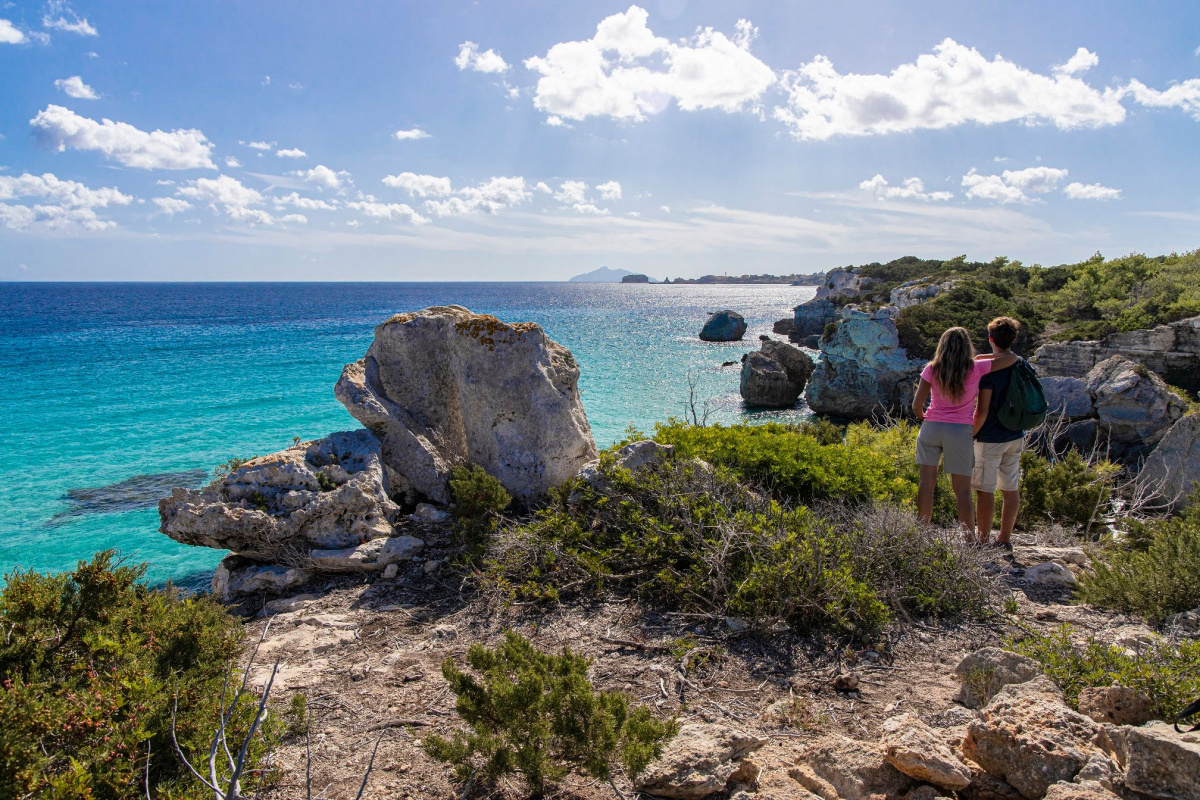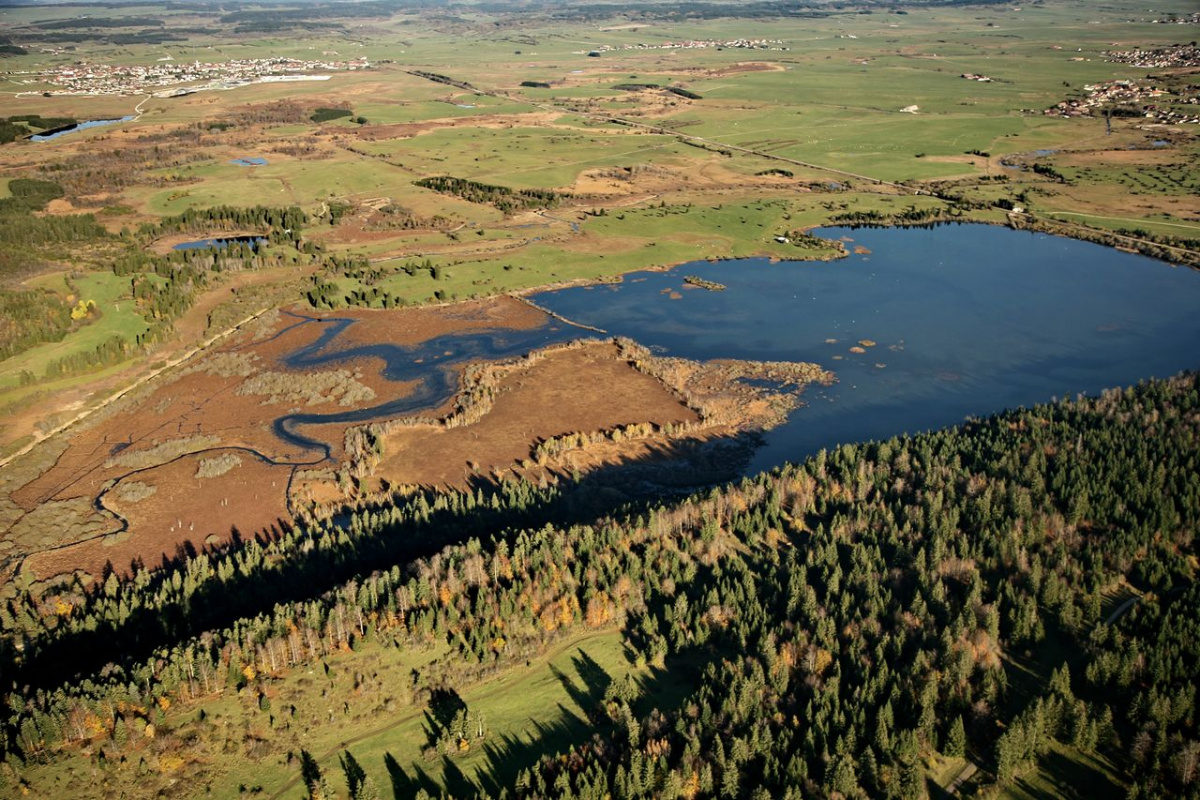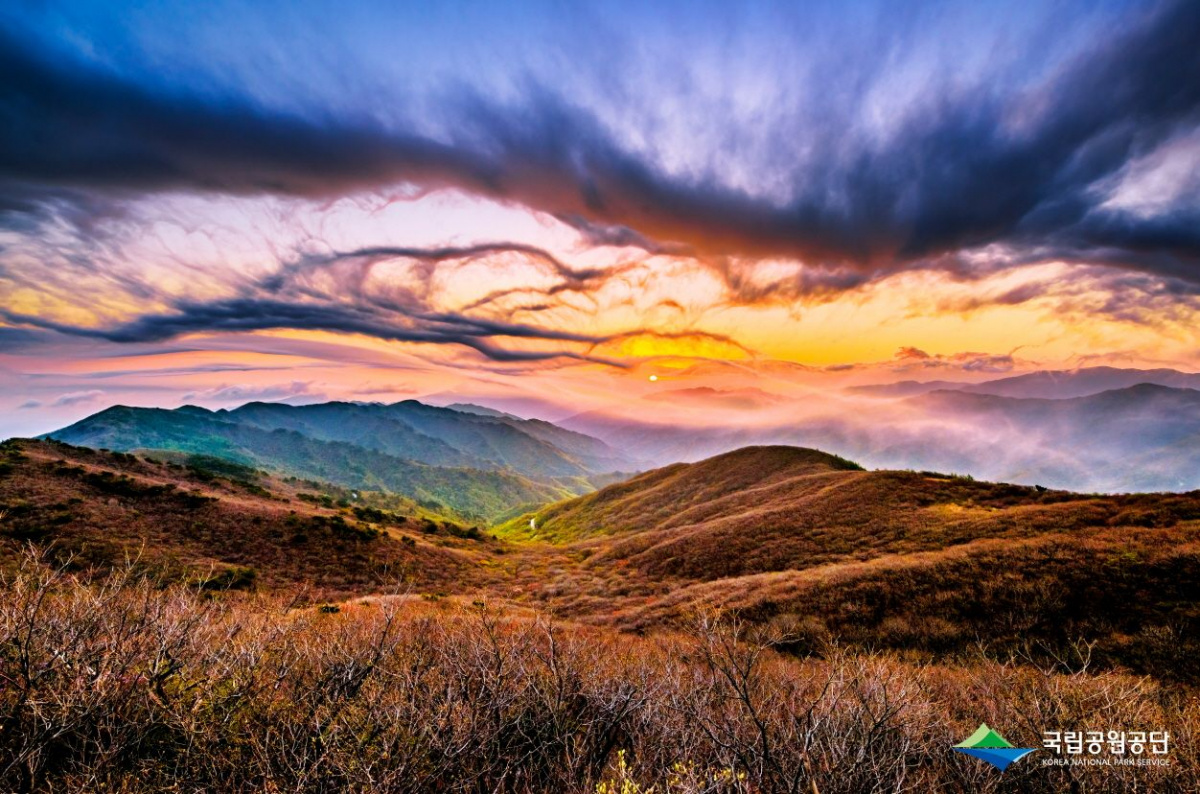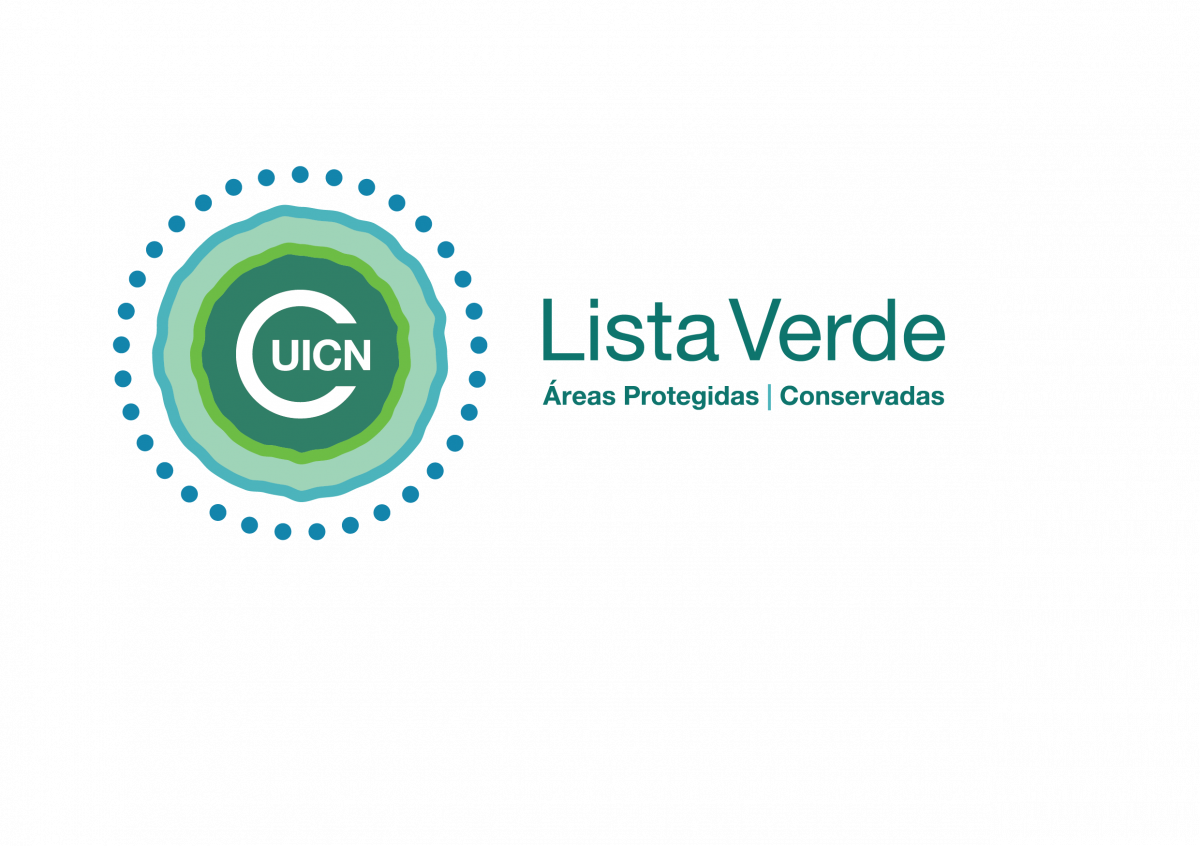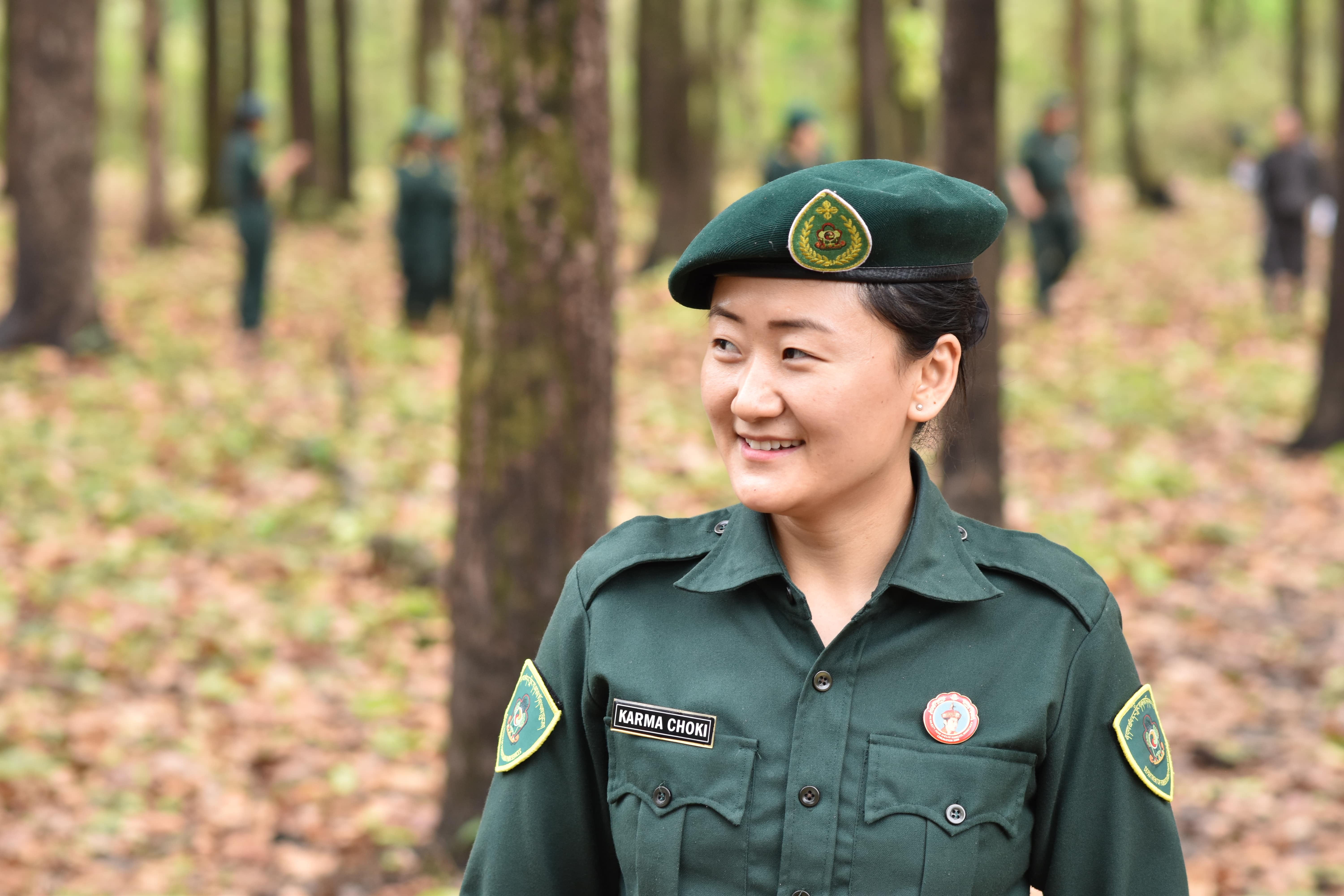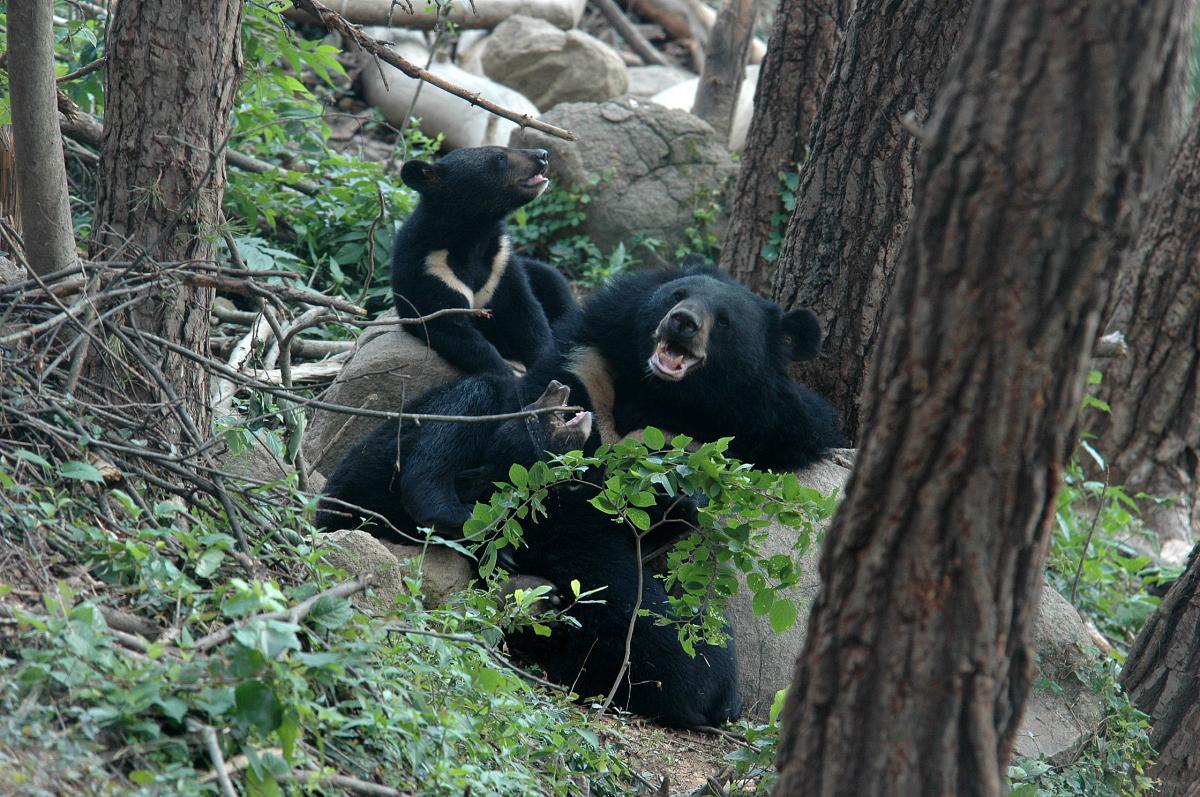Ten protected areas in Switzerland, France and Italy enter IUCN Green List
Four sites in Italy and the Republic of Korea see status renewed
Gland, Switzerland, 20 April 2021 (IUCN) – The International Union for Conservation of Nature (IUCN) has admitted ten new sites in Switzerland, France, Italy to the IUCN Green List of Protected and Conserved Areas, the global standard recognising the best-managed sites on the planet. Three existing Green List sites in the Republic of Korea and one in Italy saw their status renewed. The IUCN Green List now counts 59 sites in 16 countries around the world.
“The sites admitted to the IUCN Green List have distinguished themselves through exemplary management, fair governance and a long-term commitment to successful conservation,” said IUCN Director General Dr Bruno Oberle. “Effective protected and conserved areas are critical if we are to halt the dramatic loss of life on Earth we are seeing. As IUCN and the global community call for the protection of 30% of our planet’s surface by 2030, IUCN Green List sites provide the best examples of effectiveness and inclusiveness, which are essential for our efforts to succeed.”
The Swiss National Park becomes Switzerland’s first Green List site. Established in 1914 in the canton of the Grisons, the park is designated as a Strict Nature Reserve (IUCN Category Ia) and forms part of the UNESCO Biosphere Reserve Engiadina Val Müstair. The park covers 170 km2 of forests, subalpine and alpine meadows, and rock and scree. Nationally-threatened species such as golden eagle (Aquila chrysaetos) and bearded vulture (Gypaetus barbatus) breed within its borders.
Seven of the newly-certified Green List sites are in France, increasing the country’s total to 22, the highest number in the world to date. They include the recently established Coloraie du Volcan Forest Management Biological Reserves, a site combining unique coastal and forest ecosystems in La Réunion, as well as France’s highest protected area, the Contamines-Montjoie National Nature Reserve in the French Alps. The other newly-listed sites in France are: Drugeon Basin Natura 2000 site, Marshes of the lower valleys of the Essonne and the Juine, Tour du Valat Estate, Sainte-Victoire National Nature Reserve, and Haut-Giffre and Aiguilles Rouges National Nature Reserves.
Two protected areas in Italy were added to the IUCN Green List; Arcipelago Toscano National Park and Foreste Casentinesi, Monte Falterona and Campigna National Park, while the Green List status of the country’s first National Park, Gran Paradiso, was renewed. An archipelago of seven Mediterranean islands including Elba, with high endemic floral diversity, the Arcipelago Toscano National Park is part of the UNESCO Biosphere Reserve Isole di Toscana. The Foreste Casentinesi, Monte Falterona and Campigna National Park, in the Apennine mountains, conserves one of Italy's largest old-growth beech forests, is a UNESCO World Heritage Site and is also recognised with a European Diploma for Protected Areas.
The IUCN Green List Committee, which reviews nominations on behalf of IUCN, also renewed the Green List status of Jirisan, Odaesan and Seoraksan National Parks in the Republic of Korea. Jirisan is the first established national park in the Republic of Korea and is known as a “mountain of life” for its considerable biodiversity as well as cultural assets. The park successfully conserves the globally threatened Asiatic Black Bear (Ursus thibetanus) along with many other ecologically significant species. It also protects over 300 cultural sites including one of the major temples in the country, Sanggyesa temple. Odaesan National Park is known for its five mountain peaks and successful conservation of designated Ramsar wetland sites of global importance. It also hosts and protects a 1000-year-old temple designated as a National Treasure. Seoraksan National Park conserves the globally threated Long-tailed Goral (Naemorhedus caudatus). All three sites had first achieved the IUCN Green List distinction in 2014.
“We are encouraged by the fact that a record number of protected and conserved areas have newly qualified for the coveted IUCN Green List status, demonstrating their effectiveness in delivering benefits for people and nature. Their achievement creates an incentive for the more than 500 candidate sites in 50 countries which have formally expressed interest in joining the Green List to further improve their management and governance,” said Trevor Sandwith, Global Director of IUCN’s Protected and Conserved Areas Programme.
Sites on the IUCN Green List have demonstrated excellence based on a rigorous assessment against the IUCN Green List Standard of 17 criteria structured in four components: good governance, sound design and planning, effective management as well as successful conservation outcomes.
Notes to editors
For more information or to set up interviews, please contact:
IUCN Media Relations: +41 79 536 0117, press@iucn.org
Photos (audio/video material) are available here.
Supporting quotes:
Switzerland:
"It's no surprise that the Swiss National Park, with its strong participatory management, is the first protected area in Switzerland to enter the IUCN World Green List of Protected and Conserved Areas. The Swiss national expert group of Green List assessors (EAGL) is delighted that this example is being emulated in the many protected areas in Switzerland, thus contributing to effective management and conservation of biodiversity," said Bertrand Montmollin, IUCN Swiss National Committee President and Chair of the Swiss Expert Assessment Group for the Green List (EAGL).
"We are extremely proud to have guided the Swiss National Park through the application for the IUCN Green List. This corresponds with our vision, to bring people together and foster impact for nature protection. Please reach out if you are interested to become a Green List Candidate yourself," said Roman Eyholzer, CEO of Porini Foundation.
"To now belong to the exclusive group of green listed protected areas in the world is a great honor for the Swiss National Park. We hope that we can inspire many other organizations in Switzerland to apply for this valuable label," said Ruedi Haller, Director of the Swiss National Park
Italy:
"IUCN’s Green list is the most important international certification of excellence concerning governance of protected areas. It’s with great honour that we acknowledge that three Italian national parks (Arcipelago Toscano, Foreste Casentinesi and Gran Paradiso) met this goal. This is an outcome in which the Ministry has invested and it shows the value of our precious natural capital, not only in terms of biodiversity protection, but also around its overall management," said Roberto Cingolani, Minister of Ecological Transition of Italy.
Republic of Korea:
"I am very delighted that three Korea national parks including Odaesan, Seoraksan, and Jirisan have been relisted in the IUCN Green List of Protected and Conserved Areas (IUCN Green List). In the decision of CBD COP 13(CBD COP XIII/2), the IUCN Green List was promoted as a voluntary standard for protected area management effectiveness. KNPS has participated in the IUCN Green List since 2012 and accumulated our experiences in listing Korea national parks to the IUCN Green List. Recently, there has been a lot of interest from Asian region about the IUCN Green List and KNPS is ready to share our experiences and knowledge with global communities. Managing protected areas effectively will be important in the post-2020 Global Biodiversity Framework. I believe that the IUCN Green List will play a crucial role in post-2020 period. KNPS will strengthen collaboration with IUCN in encouraging the effective management of protected areas through IUCN Green List," said Mr Hyung-Kun Song, Chairman of Korea National Park Service (KNPS).
France:
"We are glad that efficient management and good state of conservation of 7 new French sites have been recognized by the Green List Program! I have no doubt they will constitute inspirational sources and new references for future applicants. Diversity and richness of habitats, species, governance systems and protection status of French Continental and Overseas territories are now well represented by those 22 Green Listed sites. They will very soon be engaged in the creation of the Francophone Green List network and globally contribute to the international influence of the Green List," said Jean-Philippe Siblet, Attaché emeritus of the French Natural Museum of Natural History and EAGL Chair France
Marais des basses vallées de l'Essonne et de la Juine:
"Labeling under the IUCN green list is a source of immense pride and recognition which rewards the investment of all local players (associations, municipalities, departmental services, naturalists, etc.). This approach will also contribute to further increase our requirement for the management of these remarkable sites."
Asters, Conservatoire d'espaces naturels de Haute-Savoie:
"We are very proud to integrate IUCN Green list with our mountain natural reserves. The certification process was a rewarding experience that put our practices into perspectives and improvement."
Coloraie du Volcan Forest Managed Biological Reserves:
"We are so proud for this integration in the Green List protected area! It's been a long process and hard collective work, but the goal is effective protection of very specific tropical island natural habitats et numerous endemic species, with integration of local communities."
